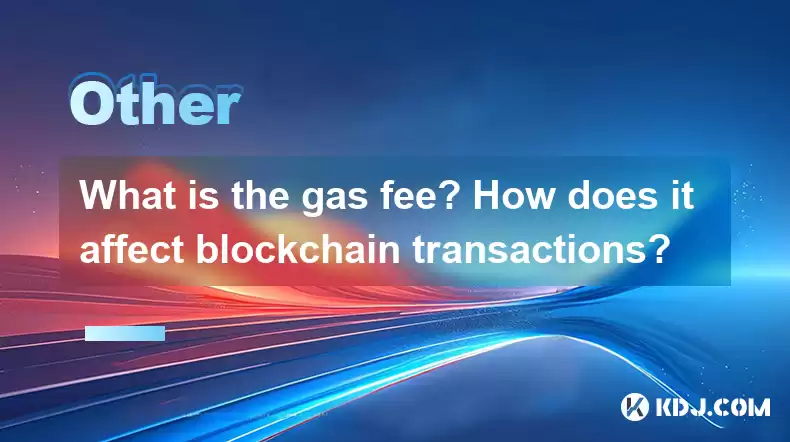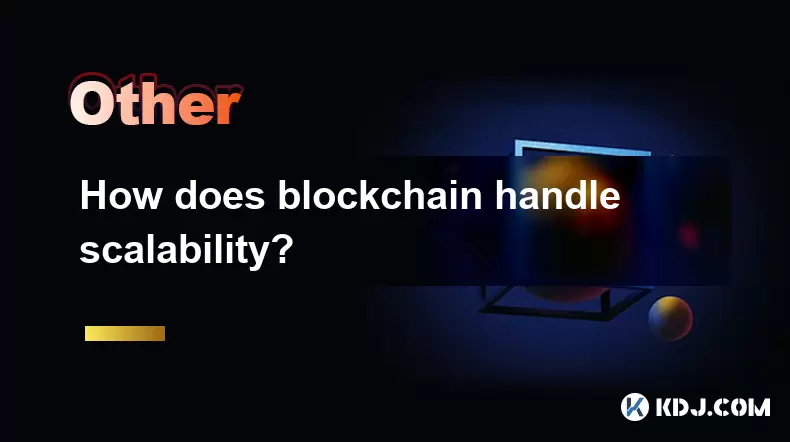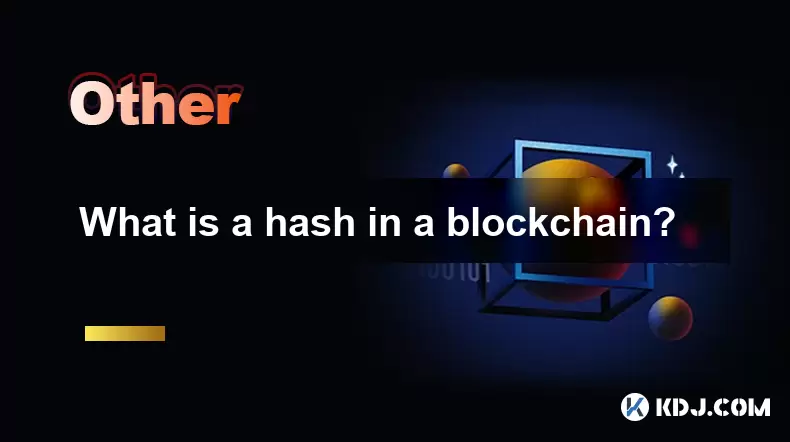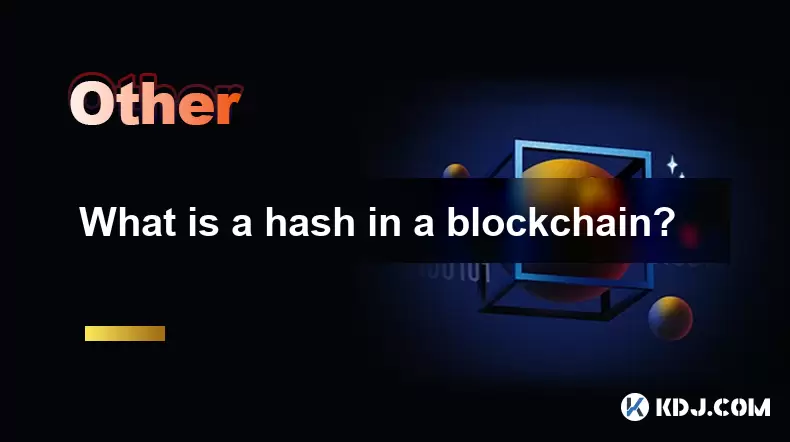-
 Bitcoin
Bitcoin $113900
-1.39% -
 Ethereum
Ethereum $3517
-4.15% -
 XRP
XRP $3.009
1.59% -
 Tether USDt
Tether USDt $0.9997
-0.04% -
 BNB
BNB $766.8
-1.41% -
 Solana
Solana $164.6
-2.38% -
 USDC
USDC $0.9998
-0.02% -
 TRON
TRON $0.3277
0.65% -
 Dogecoin
Dogecoin $0.2023
-1.67% -
 Cardano
Cardano $0.7246
0.05% -
 Hyperliquid
Hyperliquid $38.27
-4.77% -
 Sui
Sui $3.528
-0.52% -
 Stellar
Stellar $0.3890
-0.73% -
 Chainlink
Chainlink $16.16
-2.69% -
 Bitcoin Cash
Bitcoin Cash $539.9
-4.38% -
 Hedera
Hedera $0.2425
-2.00% -
 Avalanche
Avalanche $21.71
-0.97% -
 Toncoin
Toncoin $3.662
5.73% -
 Ethena USDe
Ethena USDe $1.000
-0.02% -
 UNUS SED LEO
UNUS SED LEO $8.964
0.35% -
 Litecoin
Litecoin $107.7
2.33% -
 Shiba Inu
Shiba Inu $0.00001223
-0.40% -
 Polkadot
Polkadot $3.617
-0.97% -
 Uniswap
Uniswap $9.052
-2.49% -
 Monero
Monero $295.1
-3.79% -
 Dai
Dai $0.9999
0.00% -
 Bitget Token
Bitget Token $4.315
-1.85% -
 Pepe
Pepe $0.00001060
0.11% -
 Cronos
Cronos $0.1342
-2.72% -
 Aave
Aave $256.0
-0.87%
What is the gas fee? How does it affect blockchain transactions?
Gas fees on Ethereum, calculated by gas limit and price, vary with network congestion and transaction complexity, impacting blockchain transaction efficiency and cost.
Apr 28, 2025 at 09:43 am

The concept of a gas fee is central to understanding how transactions work on certain blockchains, most notably Ethereum. The gas fee is essentially the cost users pay to execute transactions or smart contracts on the Ethereum network. This fee is necessary because it compensates miners for the computational power required to validate and process these transactions. The term "gas" itself refers to the unit that measures the amount of computational effort required to perform operations on the network.
How Gas Fees Work
Gas fees are calculated based on two main components: the gas limit and the gas price. The gas limit is the maximum amount of gas a user is willing to spend on a transaction. Each operation on the Ethereum network has a specific gas cost, and the total gas cost of a transaction cannot exceed the gas limit set by the user. The gas price, on the other hand, is the amount of Ether (ETH) a user is willing to pay per unit of gas. The total fee for a transaction is then calculated as the product of the gas used and the gas price.
Factors Influencing Gas Fees
Several factors can influence the amount of gas fees a user must pay. Network congestion is one of the primary factors. When the Ethereum network is busy, with many users trying to execute transactions simultaneously, the demand for processing power increases, leading to higher gas prices. Transaction complexity also plays a role; more complex transactions, such as those involving smart contracts, require more computational effort and thus more gas. Additionally, miner priorities can affect gas fees, as miners tend to prioritize transactions with higher gas prices to maximize their earnings.
Impact of Gas Fees on Blockchain Transactions
Gas fees have a significant impact on the efficiency and cost-effectiveness of blockchain transactions. High gas fees can deter users from making frequent transactions, especially for small amounts, as the cost of the transaction may outweigh its value. This phenomenon is often referred to as the "gas fee barrier." Conversely, low gas fees can encourage more transactions, but they may also lead to slower transaction processing times if miners are not incentivized to prioritize them.
Strategies to Manage Gas Fees
Users have several strategies at their disposal to manage and potentially reduce gas fees. One common approach is to monitor network conditions and execute transactions during periods of lower congestion, which typically results in lower gas prices. Setting appropriate gas limits and prices is also crucial; setting the gas limit too low may result in transaction failure, while setting it too high may lead to unnecessary costs. Some users opt to use gas fee estimation tools provided by various platforms, which can help predict the optimal gas price for a transaction.
Gas Fees and Decentralized Applications (DApps)
Gas fees are particularly relevant for users and developers of decentralized applications (DApps) on the Ethereum network. For users, high gas fees can make interacting with DApps costly, potentially limiting their adoption. Developers, on the other hand, need to design their smart contracts to be as gas-efficient as possible to minimize costs for users. Techniques such as gas optimization and batch processing can be employed to reduce the gas consumption of DApp operations.
Gas Fee Alternatives and Layer 2 Solutions
To address the challenges posed by gas fees, the Ethereum community has been exploring various alternatives and solutions. Layer 2 scaling solutions, such as Optimism and Arbitrum, aim to reduce gas fees by processing transactions off the main Ethereum chain and then settling them on the blockchain. These solutions can significantly lower the cost of transactions while maintaining the security and decentralization of the Ethereum network. Additionally, gas fee tokens like Chi have been proposed to allow users to pay gas fees with tokens other than ETH, potentially offering more flexibility in managing transaction costs.
Frequently Asked Questions
Q: Can gas fees be refunded if a transaction fails?
A: Yes, if a transaction fails due to running out of gas, the unused portion of the gas fee is refunded to the sender. However, the gas that was used up to the point of failure is not refundable.
Q: How can I check the current gas prices on the Ethereum network?
A: You can check current gas prices using various online tools and platforms, such as Etherscan, EthGasStation, or directly through your Ethereum wallet, which often provides real-time gas price estimates.
Q: Are gas fees the same across all Ethereum-based tokens?
A: No, while the gas fee mechanism is the same, the actual cost in terms of the token's value can vary. For example, if you are transacting with a token other than ETH, the gas fee is still paid in ETH, and the cost in the token's value depends on the current ETH/token exchange rate.
Q: Can gas fees be avoided entirely on the Ethereum network?
A: Currently, gas fees cannot be avoided entirely on the Ethereum network, as they are necessary to incentivize miners to process transactions. However, using Layer 2 solutions can significantly reduce these fees for certain types of transactions.
Disclaimer:info@kdj.com
The information provided is not trading advice. kdj.com does not assume any responsibility for any investments made based on the information provided in this article. Cryptocurrencies are highly volatile and it is highly recommended that you invest with caution after thorough research!
If you believe that the content used on this website infringes your copyright, please contact us immediately (info@kdj.com) and we will delete it promptly.
- Bitcoin, XRP, and the Price Drop Blues: What's Shakin' in Crypto?
- 2025-08-03 00:30:12
- Bank of America, Ripple, and RLUSD: A New Era in Digital Finance?
- 2025-08-03 00:30:12
- Bitcoin Strategy: Saylor's Not Hoarding, He's Building an Empire
- 2025-08-02 22:30:12
- Bitcoin Bloodbath: Macro Pressures and Liquidations Unleash Crypto Chaos
- 2025-08-02 22:30:12
- Tron, Cold Wallets, and Crypto Trends: What's Hot in the Market?
- 2025-08-02 23:10:12
- Bitcoin's Wild Ride: Davinci, Investors, and the $500K Dream
- 2025-08-02 23:50:12
Related knowledge

What is the difference between on-chain and off-chain transactions?
Aug 02,2025 at 04:22pm
Understanding On-Chain TransactionsOn-chain transactions refer to digital asset transfers that are recorded directly on a blockchain ledger. These tra...

What is the double-spending problem and how does blockchain prevent it?
Aug 02,2025 at 01:07pm
Understanding the Double-Spending ProblemThe double-spending problem is a fundamental challenge in digital currency systems where the same digital tok...

What is the difference between a blockchain and a database?
Aug 01,2025 at 09:36pm
Understanding the Core Structure of a BlockchainA blockchain is a decentralized digital ledger that records data in a series of immutable blocks linke...

How does blockchain handle scalability?
Aug 02,2025 at 02:58pm
Understanding Blockchain Scalability ChallengesBlockchain scalability refers to a network's ability to handle an increasing volume of transactions wit...

What is a hash in a blockchain?
Aug 02,2025 at 05:28am
Understanding the Concept of Hash in BlockchainA hash in the context of blockchain technology refers to a unique digital fingerprint generated by a cr...

What is a hash in a blockchain?
Aug 02,2025 at 04:43am
Understanding the Concept of Hash in BlockchainA hash in the context of blockchain technology refers to a unique digital fingerprint generated by a cr...

What is the difference between on-chain and off-chain transactions?
Aug 02,2025 at 04:22pm
Understanding On-Chain TransactionsOn-chain transactions refer to digital asset transfers that are recorded directly on a blockchain ledger. These tra...

What is the double-spending problem and how does blockchain prevent it?
Aug 02,2025 at 01:07pm
Understanding the Double-Spending ProblemThe double-spending problem is a fundamental challenge in digital currency systems where the same digital tok...

What is the difference between a blockchain and a database?
Aug 01,2025 at 09:36pm
Understanding the Core Structure of a BlockchainA blockchain is a decentralized digital ledger that records data in a series of immutable blocks linke...

How does blockchain handle scalability?
Aug 02,2025 at 02:58pm
Understanding Blockchain Scalability ChallengesBlockchain scalability refers to a network's ability to handle an increasing volume of transactions wit...

What is a hash in a blockchain?
Aug 02,2025 at 05:28am
Understanding the Concept of Hash in BlockchainA hash in the context of blockchain technology refers to a unique digital fingerprint generated by a cr...

What is a hash in a blockchain?
Aug 02,2025 at 04:43am
Understanding the Concept of Hash in BlockchainA hash in the context of blockchain technology refers to a unique digital fingerprint generated by a cr...
See all articles

























































































